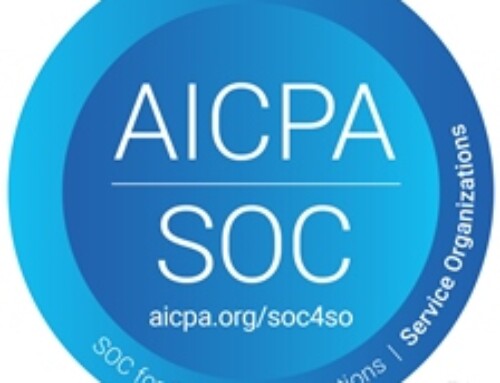- The term quality management system has been with us for many years and originated in the 80’s. as it was the founding principal behind BS5750 Published in 1979 albeit termed the management of “Quality Systems”
Quality is is often associated with a tangible item where people will perceive the quality of the product on offer, “this item is of better quality than that item” this is more likely the product of quality assurance in most instances. An item can be made to a very high standard, in a one off situation i.e. a bespoke item of jewellery a “one of a kind piece” of very high quality but with little in terms of management attached to the production of it.
Given that quality is a perception we now need to consider the management of quality.
The Oxford dictionary defines management as “the process of dealing with or controlling things or people.”
Things or people we can translate to things “and” people when we think of a quality management system.
A Quality Management System has come to the forefront as a term as it was adopted by the International Organisation for Standardisation as the title of their standard ISO9001 around 1987.
The basic principle of a quality management system is the “PDCA” cycle Plan, Do, Check, Act… repeat.
- PLAN – Plan what it is you intend to do and how you plan to do it, considering skills, infrastructure
- DO – Do what you have planned to do as this is what you have defined as the best way to reach your goal or outcome.
- CHECK – Check that you have achieved what it is you set out to achieve, commonly this the auditing function / management review.
- ACT – Act on the result of the checks you carried out, if something was wrong, this would be a non conformance addressed through corrective actions
The term quality management may mislead people in some instances, what we are actually talking about is organisational management and all the aspects of exercising control over a situation or environment, to a degree where we achieve what we set out to. Having the ability to monitor and improve products and environments means that we increase our customer and or user experience, therefore we improve their perception of our quality of product or service enhancing their satisfaction.
In the early iterations of Quality Management System Standards (BS5750 & ISO9001) there were very strict controls applied to the requirements of the standard and a very rigid framework of how organisations should conduct themselves to promote safety and quality. The underlying principle being; write down exactly what it is that you do, and do exactly what it is you have written down, or face the consequences of non conformity being raised.
Going back to a time before the daily use of computers this meant paper, lots and lots of paper! The Quality Management System was and still is in some instances a mass of lever arch files containing hundreds of sheets of paper for: Processes, Procedures, Work Instructions, NCR’s / Non Conformity Reports, Supplier questionnaires, Registers and masses of other paper documents all filed and accounted for in “The Quality Management System”.
The good news is that things are starting to change, the newer iterations of the standard ISO9001:2015 places less inference on documented procedures and more on risk management and communication. The quality management system is now viewed as being the actual conduct of the organisational activities and not a set of documents that infrequently see the light of day. This could be that it is now understood that the adoption of a QMS to promote standardised practice needed to be understood in all types of organisation.
Large organisations understand the need for standardised practices as they would not function with out a defined structure, where as the small organisations on which they rely struggle to see the value of a structured environment and prefer to adopt an agile stance as their ability to change at speed is part of their market advantage.
ISO9001:2015 doesn’t promote controlled chaos; it promotes the “Context” of the organisation as being the determining factor in how the quality management system should be adopted. This results in less formally documented proof being required from a small organisation, as access to information is on a much shorter path. That is not to say that the evidence of conformity is any less, but it may take on a different form such a an interview regarding a known process.
ZEBSOFT is a cloud based platform for any quality management system, an organisation can manage their environment and activities in a highly controlled manner providing a higher degree of evidence that the QMS is being managed, more than any existing system may provide. It does this in the most inclusive and user friendly environment possible with intuitive navigations.









